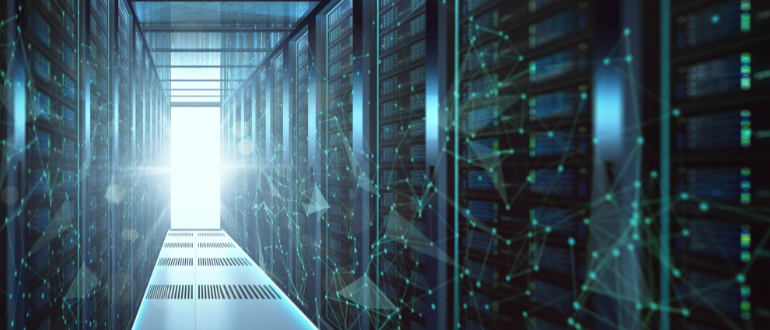
The companies that run America’s largest data centers have made an urgent request of the US government: maintain the existing regulations for clean energy subsidies—because the growing energy needs of data centers requires this support.
In a letter to Treasury Secretary Scott Bessent, the Data Center Coalition—whose members include Google, Amazon, and Microsoft—urged the department to keep long-standing rules for wind and solar subsidies intact, arguing these subsidies have enabled the rapid build-out of power the digital economy now depends on.
“Any regulatory friction that slows down deployment of new generation today directly impacts our ability to meet AI-era electricity demands tomorrow,” the group wrote.
In July, President Trump signed an executive order directing Treasury to toughen eligibility for clean energy subsidies. Legislation known as the “Big Beautiful Bill,” would levy a 50% tax on wind projects and a 30% tax on solar projects completed after December 2027 if they can’t prove they avoided Chinese components. It would also start phasing out clean-electricity credits for projects commencing after 2032, regardless of the emissions-reduction goals outlined in the Inflation Reduction Act.
The Trump administration’s case for the clamp-down is that renewables remain an intermittent source of power and are over-reliant on foreign supply chains (including China), and that generous credits invite abuse.
Treasury has already signaled a stricter posture. New rules released last week eliminate the familiar 5% “safe harbor” for projects larger than 1.5 MW, a shift that could jeopardize more than $100 billion in planned investments across roughly 6 GW of capacity.
New guidance emphasizes “physical work” on data center construction as the path to qualify, which would narrow eligibility and, in theory, reward only truly shovel-ready projects. Projects seeking the full 30% investment tax credit and bonuses must be initiated by July 2026 or placed in service by the end of 2027, further compressing timelines.
The data center operators note that power demand is rising far faster than the grid’s ability to supply it, due to the voracious appetites of AI workloads. Hyperscalers have become the country’s largest buyers of renewable electricity through long-term power purchase agreements, locking in supply for massive campuses under construction. Any disruption to the pipeline of qualifying projects could cause delays just as numerous AI clusters come online.
A 2023 report by Energy Innovation found that 99% of existing U.S. coal plants are more expensive to operate than building new solar or wind, with utility-scale solar at least 30% cheaper on average. Given the economics, squeezing the rules won’t weed out weak projects so much as slow needed capacity—precisely when AI training clusters and inferencing farms are consuming megawatts at a quickening pace.
What happens next will have wide repercussions for the tech industry. If Treasury sticks to the tighter regulations, developers will likely need to scramble to re-order construction projects, or seek additional financing to compensate for higher costs. On the other hand, if the government preserves the existing rules, it would offer developers and hyperscalers a clearer runway to bring gigawatts online as the AI cycle accelerates.
Either way, the message from the country’s largest data-center operators is clear: the AI era is pressuring the grid. Policy that preserves predictable, bankable incentives, they say, is now a necessary element for America’s digital competitiveness—and for keeping pace with China in the build-out of next-generation computing power.

